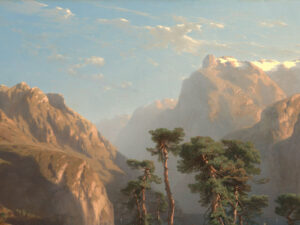
Calame’s awe-inspiring Alpine views
Alexandre Calame is considered one of the fathers of Alpine landscape painting. And it all started, figuratively speaking, with a storm.
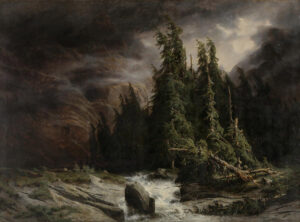
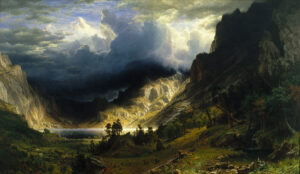
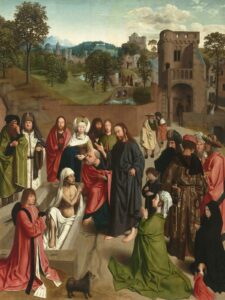
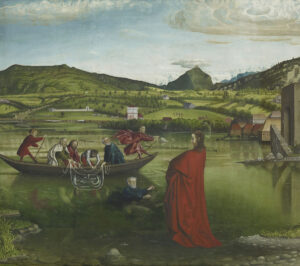
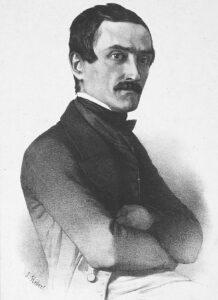
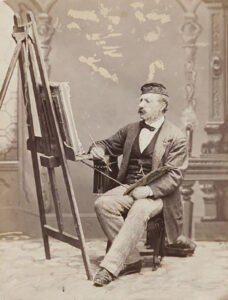
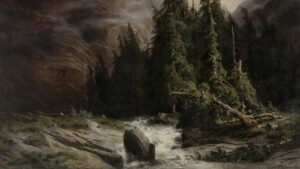
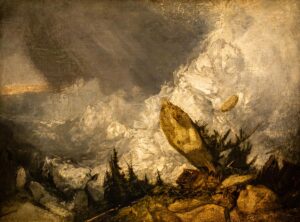


Alexandre Calame is considered one of the fathers of Alpine landscape painting. And it all started, figuratively speaking, with a storm.








